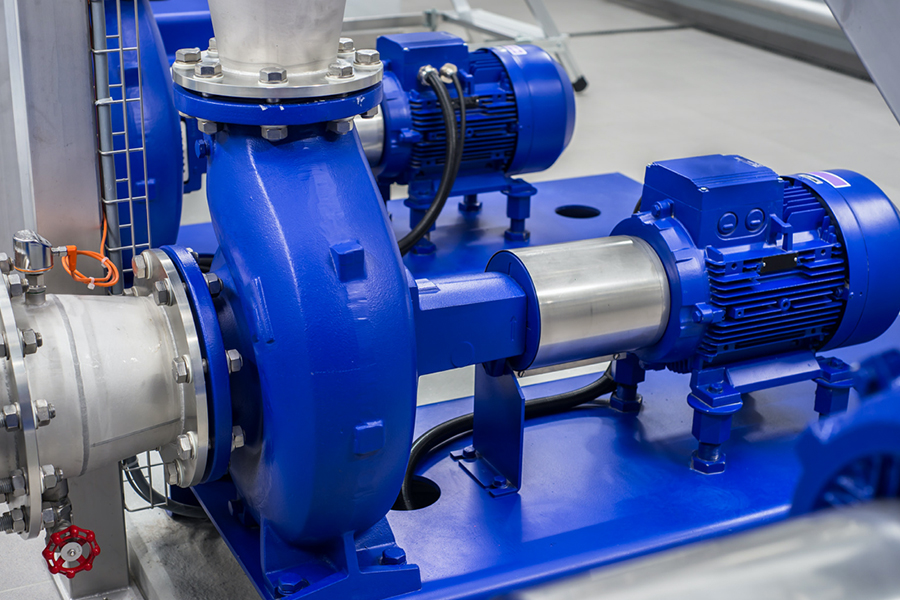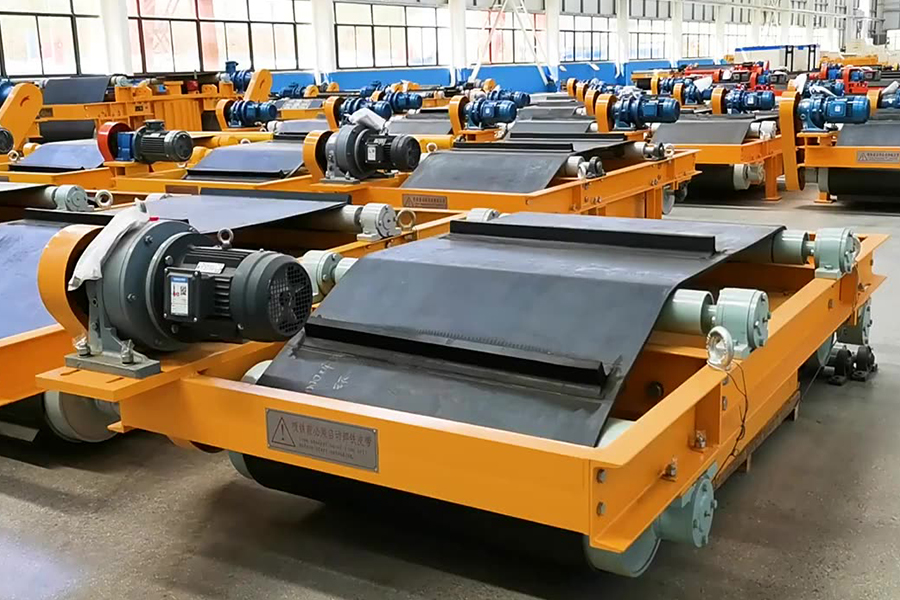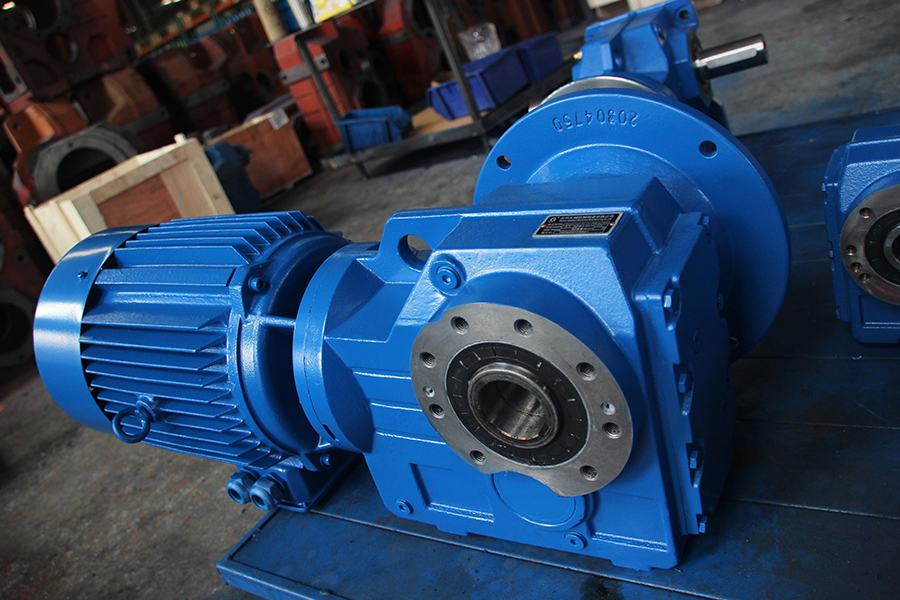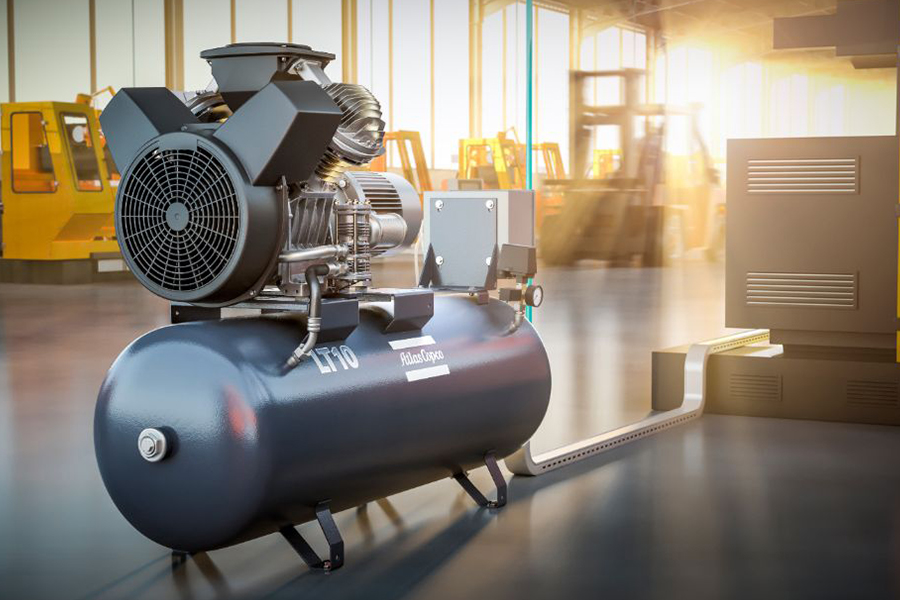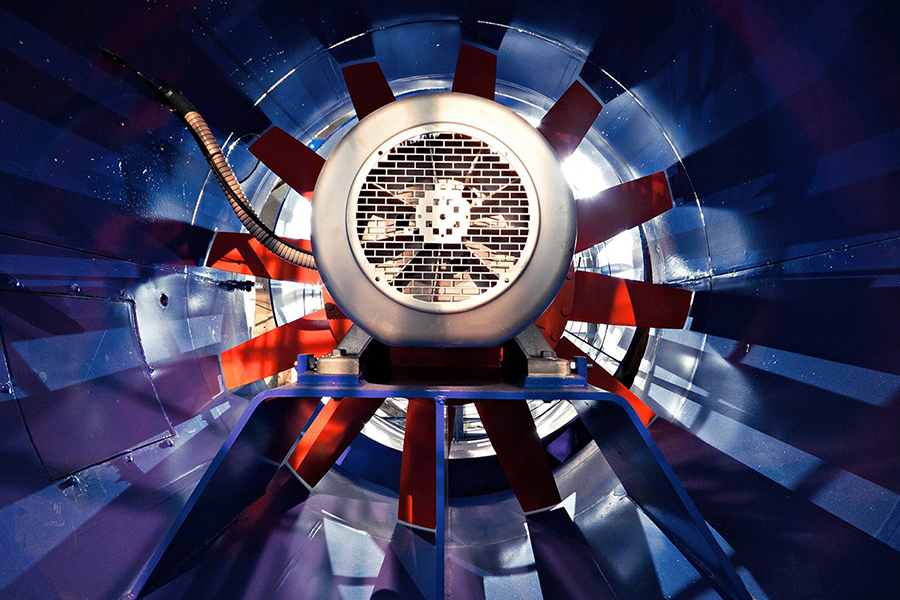When considering electric motors for various applications, two common types of motors that often come into discussion are the single phase brake motor and the three phase asynchronous motor. These motors are used in a wide range of industries, from machinery to residential systems, but their functionality, efficiency, and applications can differ greatly. Understanding these differences can help you choose the ideal motor for your needs.
What is a single-phase brake motor?
A single-phase brake motor is a type of electric motor that operates on a single-phase electrical power supply. These motors are typically used in applications where the load is relatively light and where power requirements are lower compared to three-phase systems. The brake motor function refers to a mechanism that helps to stop the motor quickly when needed, which is especially useful in industries where precise stopping is important, such as in conveyor systems, packaging machines, and certain household appliances.
Key Features of Single-Phase Brake Motors:
Power Source: Operates on a single-phase AC power supply.
Brake Mechanism: Includes a braking system to rapidly stop the motor’s rotation.
Efficiency: Generally lower efficiency compared to three-phase motors but sufficient for smaller applications.

Understanding Three-Phase Asynchronous Motors
On the other hand, a three-phase asynchronous motor, often referred to as an induction motor, runs on a three-phase power supply, which is more common in industrial and large-scale operations. These motors are designed to run without requiring any external starting mechanism or rotor winding and are more efficient for heavy-duty applications.
Key Features of Three-Phase Asynchronous Motors:
Power Source: Operates on a three-phase AC power supply.
Induction Mechanism: The motor uses electromagnetic induction to generate the rotating magnetic field, which causes the motor to turn.
Higher Efficiency: Compared to single-phase motors, three-phase asynchronous motors are generally more energy-efficient and capable of handling larger loads.
Single-Phase Brake Motor vs. Three-Phase Asynchronous Motor: Key Differences
Now that we’ve looked at both motor types individually, let’s explore the key differences between the single-phase brake motor and the three-phase asynchronous motor to help you decide which one suits your needs.
1. Power Supply
The more obvious difference lies in the power supply. As mentioned, single-phase brake motors require a single-phase power supply, which is typically found in residential settings or small-scale applications. Three-phase asynchronous motors, however, require a three-phase power supply, which is more commonly available in industrial environments where higher power loads are required.
2. Efficiency
When it comes to efficiency, the three-phase asynchronous motor typically has the upper hand. It is more energy-efficient, especially for applications that require continuous operation and higher loads. Single-phase brake motors, while adequate for lighter applications, tend to have lower efficiency and might not be suitable for industries where energy conservation is critical.
3. Applications
Single-phase brake motors are ideal for light-duty applications where precise control over stopping is necessary, such as in household appliances, small machinery, or light-duty industrial systems. These motors excel in scenarios where the motor needs to stop quickly or maintain a steady speed, with a focus on smooth operation and ease of control.
In contrast, three-phase asynchronous motors are used in heavy-duty industrial applications. They are suitable for machinery that requires continuous operation, such as in manufacturing plants, textile mills, or large-scale pumps. These motors are essential for driving high-load applications like compressors, conveyor systems, and elevators.
Both the single-phase brake motor and the three-phase asynchronous motor offer unique advantages, depending on the scope and scale of your operation. By understanding their differences, you can make a more informed decision when selecting a motor that meets your operational needs.

 English
English 中文简体
中文简体 عربى
عربى



